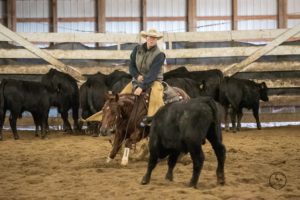Trainer Dustin Gonnet made cutting history this past weekend at the Black Elk Cutting Classic in Ponoka, Alberta when he surpassed the two-million-dollar mark in earnings, the first Canadian-based trainer to do so!
While he said the milestone was “exciting and awesome,” it was work as usual this week for the talented hand. “I don’t take it for granted, but things don’t change much, the horses don’t train themselves and I still have to go train them and do my job,” he said.
 Gonnet was raised on a ranch in Saskatchewan and as a young man, he thought he would cowboy for the rest of his life. Fate intervened and at the age of 18, Gonnet attended a Doug
Gonnet was raised on a ranch in Saskatchewan and as a young man, he thought he would cowboy for the rest of his life. Fate intervened and at the age of 18, Gonnet attended a Doug
Reinhardt clinic which sent him down a new path.
“During the course of the clinic we got to visiting and he was wanting someone to start colts. I thought it was a good idea because I wanted to get out of the winter in Saskatchewan.” Arriving at Reinhardt’s later that fall Gonnet said, “I just kind of fell into cutting horses from there.”
“Doug is the one who obviously got me started in the cutting and taught me how to work a cow in the cutting pen. I had worked thousands and thousands of cattle just cowboying, but as far as how to get a horse to work a cow properly I learned that from Doug,” Gonnet said.
After two and a half years with Reinhardt, Gonnet, and his wife, Marla, went out on their own.
Becoming a two-million-dollar rider doesn’t come without a lot of miles in the saddle and some amazing horseman to guide you along the way a lifelong student, Gonnet watches
everyone and spends hours having insightful conversations with trainers like Winston, Paul and Gerry Hansma, Lloyd Cox and John Mitchell, who have all had a hand in helping him.
When Gonnet was just 14, he was fortunate to spend seven weeks with renowned horseman Brian Neubert and his family, learning how to start colts. He recounted how Neubert influenced him and laid the foundation for where he is today.
“That man and the whole Neubert family set me up to be where I am now. Neubert influenced me more than anyone on the horsemanship side of it. He was the one who taught me how to ask as much as I have to out of one without wreaking one. He taught me way more than he realizes in the horsemanship deal,” he said.
According to Gonnet, Bill Riddle said it best: “A horse trainer knows how to do something, but a horseman knows why you do it.” That, is what Neubert taught him, he said.
“Eric Bradley was another person that in the beginning taught me a pile, both about the mechanics of cutting and a little more about a different method. At that time, Eric had just come back from Winston and Paul Hansma’s, so it was a little bit different than what I had seen before. Eric is very methodical about what he does and very precise,” said Gonnet.
Gonnet also spent a lot of time with Scott Amos. “I would go spend two or three weeks at a time with him whenever I could, or go spend a week or two before a show down there and I learned a pile from him,” he said.
Working horses regularly three to four times a week with his good friend Kelly Cornforth, Gonnet said, “over the last 10 to 15 years I have learned and re-learned a lot of things I knew
twenty some years ago about horsemanship, Kelly has probably taught me the most. The amount of time I have spent with him and the things he has helped me with is invaluable. I have never gone and worked horses with him and not learned something.”
While his methods may have developed over the years, Gonnet said his training philosophy hasn’t changed much. “I try everyday to be a really good horseman, but because of the cutting and how competitive it is, we do have to ask a lot of these horses.”
“A friend of mine told me years ago, being a true horseman is knowing how hard you have to push a horse and knowing when to stop. I don’t ever want a horse to not want to go to work.
There might be periods in their training where they are having difficulties figuring out what I am after, but I do want to get everything out one everyday, without the horse being upset about it when I am done. If I every have to apologize to the horse for being bad, then I haven’t done my
job.”
Gonnet is also quick to acknowledge that this milestone comes with the help of his family, “Marla and Destry – I couldn’t do it without them. Marla does everything in the background and keeps the operation running and has taken our business to another level.”
An early partnership with Ron and Jeanette Patton offered the Gonnet family the opportunity to build their business and become successful.
“I would like to thank our amazing customers and their horses, the friends who have supported us, all of the trainers who have helped turn back, and settle herds in both Canada and the US, the show producers and our sponsors. I know it is a team effort and couldn’t do it without all of them.”

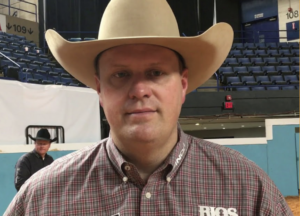 Shepard begins with the basics when making your choice. “The bridle bit you use really translates what you are trying to do to teach the horse, whether it is in the early stages in a hackamore or side-pull to a bigger show bridle. It can help the horse mature or go back and go over some things they learned earlier,” he said.
Shepard begins with the basics when making your choice. “The bridle bit you use really translates what you are trying to do to teach the horse, whether it is in the early stages in a hackamore or side-pull to a bigger show bridle. It can help the horse mature or go back and go over some things they learned earlier,” he said.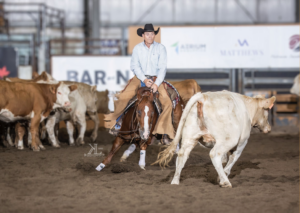

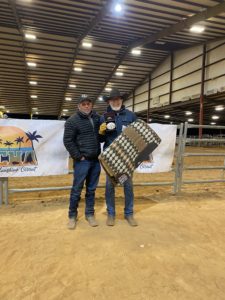
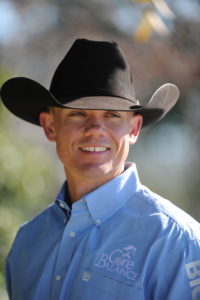 Total Earnings: $452,273
Total Earnings: $452,273
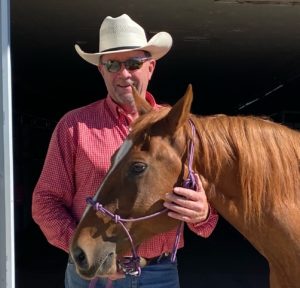
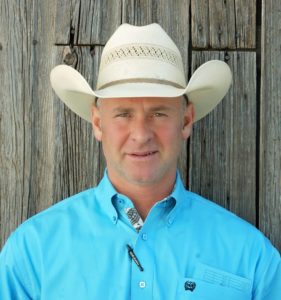
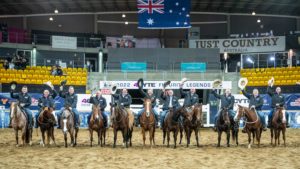
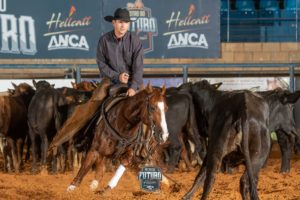
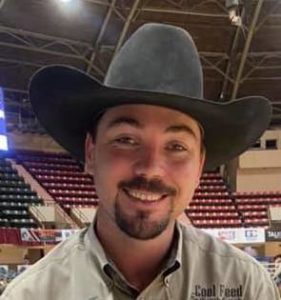 Total Earnings: $2,133,396
Total Earnings: $2,133,396